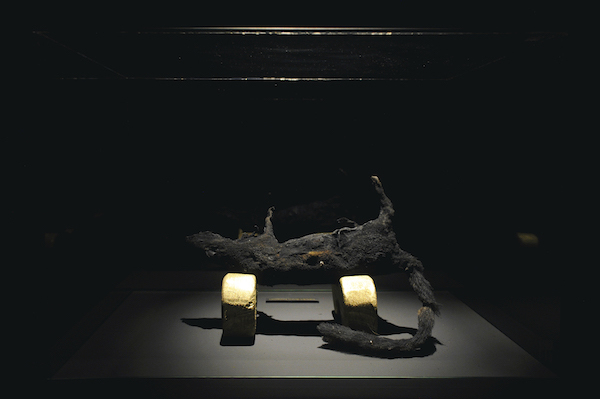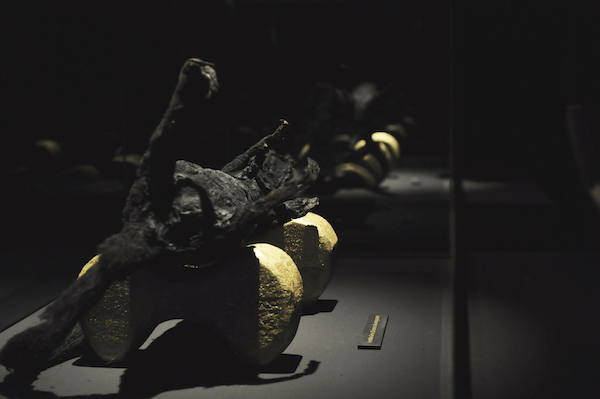QUEMA
(2019)
Quema is an intermedia installation that addresses the problem of induced wildfires, which significantly impacts fragile or low-resilience ecosystems, rapidly modifying its structural components. The effects that fire has can be observed at different levels and uncontrolled fire directly affects natural resources. It has a destructive effect on different plant and animal species, reduces the organic matter that is recycled in the soil and causes a long-term decrease in soil fertility. The environmental consequences of burning pastures and forests depend on the characteristics of the vegetation, soil, climate and the type of fire produced. The time, intensity, maximum temperatures, frequencies, and extension is what has the greatest impact. The joint action of these factors determines the effects of fire and subsequent recovery according to the area and type of fire.
The vegetation after the event is a consequence of the factors mentioned above. If individuals from the plant community have post-fire regeneration mechanisms, the vegetation will recover; but if the burning frequency is high, the structures responsible for recovery will weaken or disappear. Soil as a habitat of living organisms (fungi, bacteria, worms, and others), that intervene in the process of decomposing and mineralizing of organic matter as a source of nutrients for plants, are affected depending on the intensity and frequency of burning. In the same way, the physical conditions of the soils are altered in their texture and other inherent properties. The destruction of organic matter implies a loss of nutrients from the system.
Even with the information available, the role of this phenomenon for the maintenance of natural systems remains controversial. It is important to note that despite frequent use of fire, little regional information is available on the effect on soil, vegetation, and air. The burning of pastures affects the ecological balance, destroying the habitat for existing fauna and flora, including threatened or endangered species.
The piece seeks to evidence the afore mentioned and create awareness around these practices through a sonic, visual and biological memory.
The Sonic Memory is based on field recordings taken from the sound emanating from fires in different areas in Mexico. The composition consists of a multichannel (8 channel) sound installation that immerses the audience in an introspective experience. The field recordings gathered are composed as a spatialized surround piece integrating processed piano counterparts that contribute to the dramatization of the experience.
The Visual Memory is represented by a video documentary of fires filmed at different locations, the images together with the sound piece composed specifically for it, allows the viewer to have a close look at how destructive these actions can be for a particular ecosystem and for the environment in general. The piece also plants a paradox as we might be fascinated by the beauty of the power released by the flames, while terrified by the destruction caused by it.
The Biological Memory shows two physical samples of calcinated flora and fauna specimens and forces us to the contemplation of destruction, through the exposure to radical sacrificial sublimation. The irrational quest for reason through destruction and its spectacle is the sacrificial fire that consumes the human soul.
“Quema” leads us into the consideration of a reduced fire; a fire deprived of its redemptive destruction and finally returned to its real and natural dimension. The installation integrates two spaces, on one side is the sound/biological memory room, where the two specimens in display are immersed in the sound composition coming from the 8 speaker surround system. The other is a room where the audio/visual documentary is shown.

EIGHT CHANNEL SOUND INSTALLATION / CALCINED MEMORIES







STEREO VERSION OF THE MULTICHANNEL INSTALLATION PIECE

VIDEO INSTALATION